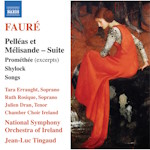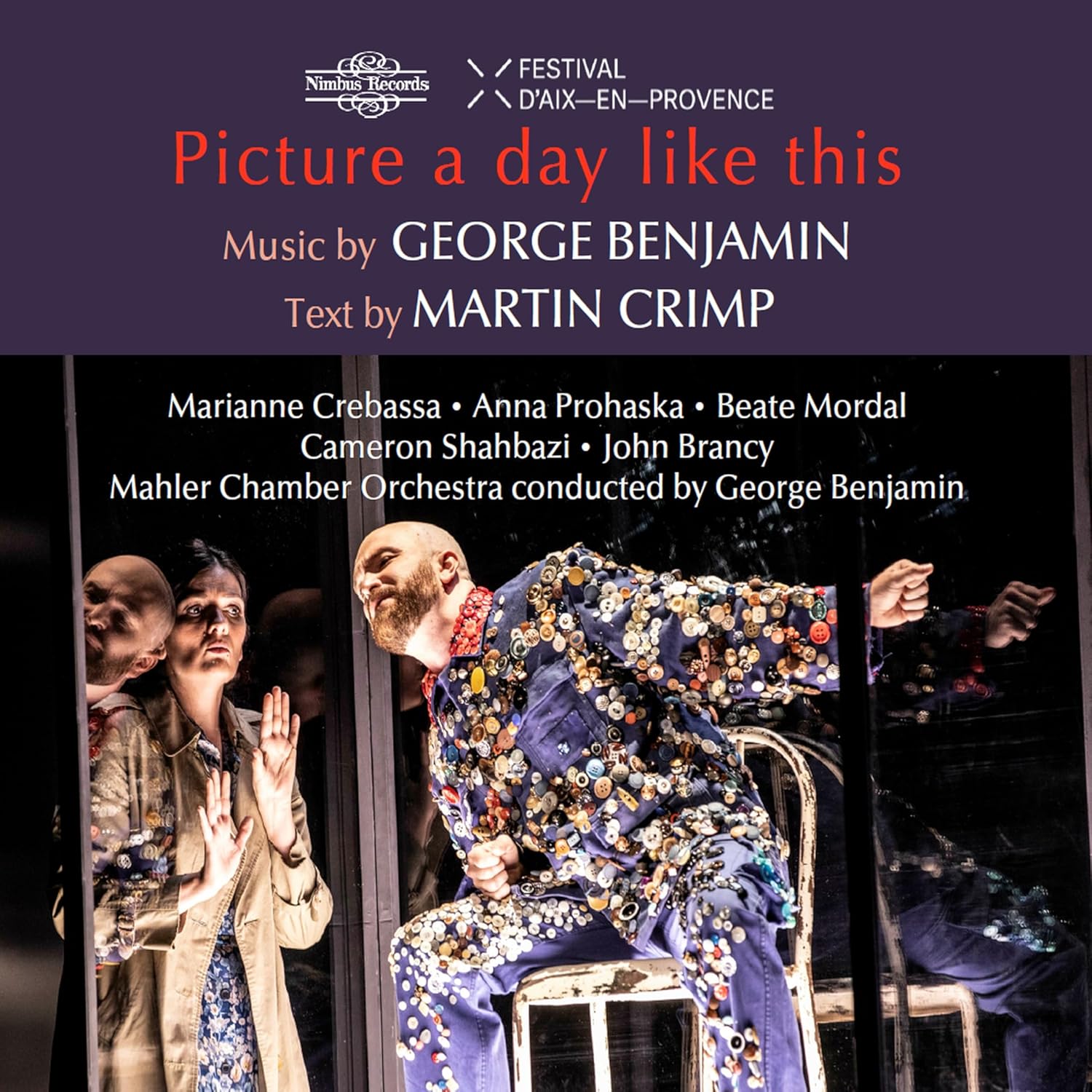Sibelius: String Quartet in D minor ‘Voces Intimae‘, Op.56 (1909)
Andante – Allegro molto moderato
Vivace
Adagio di molto
Allegretto (ma pesante)
Allegro
In the light of those few works by which Sibelius is best known to the general concert goer – such as Finlandia, Symphony No.2, the Violin Concerto – it does not at first seem surprising that during his maturity he composed only one full scale chamber work. But Sibelius was not just a composer of big romantic orchestral works, with roaring brass and patriotic tunes. Voces Intimae comes towards the end of a transitional period which saw, in the very simplest terms, Romanticism gradually giving way to Classicism. Just how much Sibelius had been paring down his language can quickly be assessed by comparing the full-blooded finale of Symphony No.2 with the stark, uncompromising first movement of No.4. Significantly, some of the material in the latter work may originally have been intended for another string quartet, and the chamber style writing in much of his later orchestral music does indeed make one wonder why he wrote no further string quartets. The probable answer is simply that he had always felt most at home with the full orchestral palette at his disposal, notwithstanding the highly idiomatic and beautifully conceived string writing in Voces Intimae (he was himself a first rate violinist, with pretensions to the life of a virtuoso soloist during his youth). Yet it has to be admitted that not always is one conscious here of that remote, faintly chilling atmosphere so peculiar to Sibelius. But intimate voices are a long way removed from Nordic legend, and so in composing this piece Sibelius probably realised that he had created something quite unique, and that having used the medium in this way he might never recapture it successfully again.
One of the most striking features of this work is the very real sense of inward communion between the four “voices”, and this is evident right from the start as violin and cello softly ruminate on what course the music should take. The main Allegro is in fairly simple sonata form, but with characteristically blurred outlines; nonetheless, the two main subject groups are clearly distinguishable, the first being made up of a number of typically brief germ cells, while the second is more overtly lyrical. The sonorous, chorale-like conclusion of this movement leads straight into the ensuing Vivace, which is built almost entirely on material from the preceding movement. Immediately one recognises the more familiar Sibelius, with its rustling string writing, extended ostinati and pedal points. This fleet, shadowy piece is over in a flash, and the Adagio quickly suggests more serious matters. The lush harmony and scoring of much of this movement looks back to a particular breed of elegiac slow music for strings, so popular with such later nineteenth-century Scandinavian composers as Grieg, Svendsen, and the younger Sibelius himself. Yet at the same time he seems to be striving hard towards an elevated objectivity which was soon to flower so sublimely in the Largo of Symphony No.4 – whose soul appears to be groping to find itself……..
The fourth movement sets off as a heavy footed scherzo, but soon settles into that peculiar hypnotic monotony which is so characteristic and which conceals an underlying build-up of tension, such that the sustained climax which results is truly menacing in its unexpected power. The finale is a thrilling moto perpetuo which brings to mind the last of Sibelius’s four orchestral legends, Lemminkäinen’s Return, depicting the hero’s adventurous journey home from Tuonela (“the land of Death, the Hell of Finnish mythology”).
It might be of interest to note the somewhat unusual use of tonality in this work: although in D minor, it is a D minor strongly influenced by the Dorian mode (which can often be identified in Scandinavian folk music), and it here lends a particular flavour to many of the melodies – for example, the viola/cello theme under the violins’ ostinato near the beginning. By playing a scale from D to D on the white notes of the piano, the Dorian mode will be sounded, and thus it can readily be seen how it also enables the composer to side-step adroitly from D minor to C major and back (as at the end of the first movement) – keys which would otherwise be only distantly related. Sibelius later exploited this technique with still greater mastery in his sixth symphony – also in D minor, although the key (and often its key signature of one flat) is significantly absent from the score. The quartet contains many other pointers towards that most representative of his symphonies, particularly the strangely grey landscape of much of the first, second, and fourth movements – Sibelius’s famous “pure, cold water”.
Finally, the title: what more appropriate name could ever be given to a string quartet?! Nils-Eric Ringbom tells us that this actually originated in the score of a friend of the composer’s, in which the composer had pencilled the words “Voces Intimae” over the ppp E minor chords in bars 21-22 of the Adagio. They cannot be missed! – especially since they reappear towards the end of the movement. One wonders what secret meaning might be concealed beneath those unearthly sounds . . . . .
Plus a personal postscript: the Fitzwilliam was extremely fortunate to have studied this work with Sidney Griller, whose own recording (also on Decca!) set a benchmark – and surely remains one of the finest ever made. We were fortunate that he made available to us the composer’s own metronome marks, as set out in a personal letter to that great quartet leader – but with the stern but amusing proviso that “I had hoped my music would speak for itself”! Nevertheless, these markings have proved invaluable, in that they indicate tempi that suggest a somewhat broader canvass than we often hear nowadays.
© Alan George


















